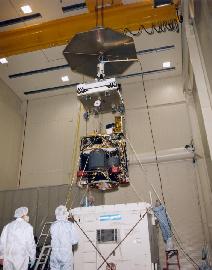This is an image of the Mars '98 spacecraft being prepared for launch.
Click on image for full size
NASA
An Overview of the Mars '98 mission
The Mars '98 mission was supposed to study the climate, weather, and surface at the Martian south pole. Mars '98 was to build upon the discoveries of the
Mars Pathfinder and
Mars Global Surveyor missions by digging into the Martian surface in search of
water.
The south pole of Mars is an important region because of the unusual types of land there, including icy ground and giant sand dunes.
The region is possibly important to the overall weather and climate of Mars.
Mars '98 consisted of two spacecraft. The first one was a lander called the Martian Polar Lander. This one should have landed on the surface of Mars and dug into the soil with a robot arm. The second one would have remained in orbit around Mars. This one was called the Martian Climate Orbiter.
Unfortunately, both spacecraft were lost during the mission. A math error caused the orbiter to burn up in Mars' atmosphere. Contact with the lander was lost on December 3, 1999. The spacecraft has not been heard from again and no reason for the loss of signal is known.
You might also be interested in:
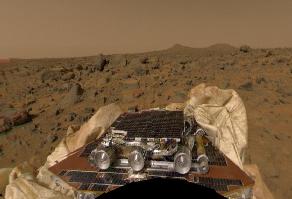
The goal of the Mars Pathfinder (MPF) mission was to analyze the rocks and soil of Mars. The MPF was actually 2 parts, a lander and a rover. The lander stayed right where it landed while the rover named
...more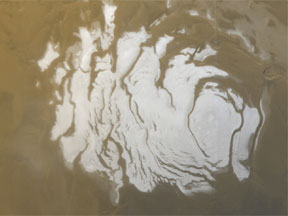
The Mariner 7 spacecraft took the first pictures of the South Pole of Mars. The south polar region is part of the highlands of Mars. The southern highlands of Mars are mostly old, cratered terrain and
...more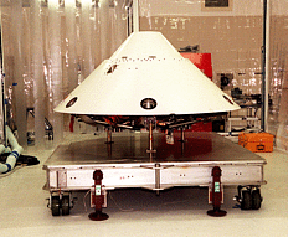
Just when everyone had given up hope, a faint signal was received at Stanford University. Scientists say it most likely came from Mars, although they won't know for sure until later this week. The signals
...more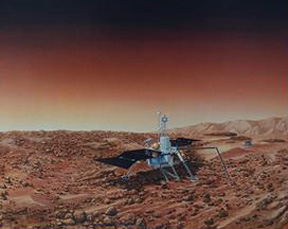
A panel made up of aerospace experts studied NASA's recent ventures into space, including the Mars Climate Orbiter and Polar Lander. The results of the study aren't very friendly to the NASA organization.
...more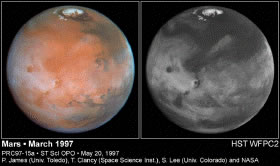
Unlike the Earth, where clouds are found around the entire globe, on Mars, clouds seem to be plentiful only in the equatorial region, as shown in this Hubble telescope image. This may be because water
...more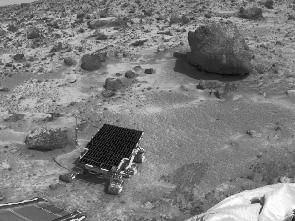
Because of the failure of the Mars Observer (MO), NASA planned a new Mars Surveyor Program. The Surveyor Program was designed to explore all of the things the MO was suppose to, and a lot more. The Surveyor
...more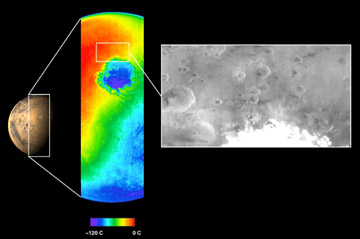
The Mars Odyssey was launched April 7, 2001, from Florida. After a six-month, 285 million-mile journey, the Odyssey arrived at Mars on October 24, 2001. The Odyssey is in its aerobraking phase right now.
...more


